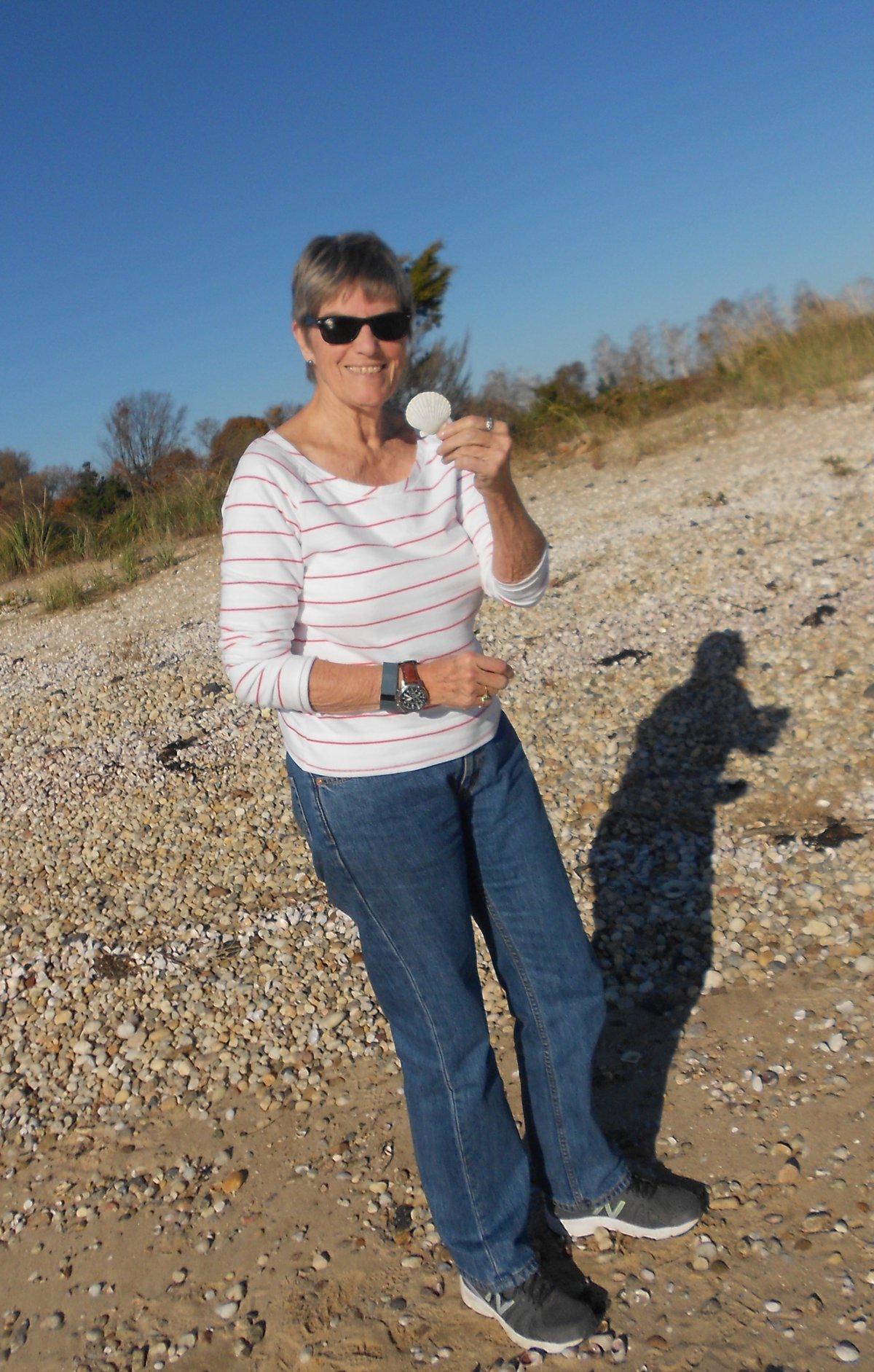
BY MARY REINHOLZ | Last fall, in an op-ed for Newsday, longtime East Villager Diana Gordon decried the “politics of xenophobia” and “crazy talk” of Republican presidential candidates, like Donald Trump, who had portrayed undocumented Mexican immigrants as rapists and criminals wreaking havoc in the U.S. at the start of his campaign.
Gordon, a retired political science professor who taught at City University of New York, had just published a book, “Village of Immigrants: Latinos in an Emerging America.” In it, she focused on the bucolic community of Greenport on Long Island’s East End, where she has built a second home. Thirty-four percent of Greenport’s residents are Hispanic, and most of the adults are undocumented, she noted. She claimed that their crimes — “with very occasional exceptions” — are usually limited to “driving without a license and driving while intoxicated.”
In interviews with The Villager, Gordon also described the Latino immigrants — who live in the shadows of the law, fearing deportation — as the backbone of Greenport’s tourist economy.
“Latinos in Greenport are keeping the restaurants open, houses renovated, boats built,” she told this reporter, who (full disclosure) has known Gordon for years, ever since she was a Harvard law student. “They are starting small businesses — many of them, in fact. They are populating the schools, celebrating the festivals of Guadalupe and Esquipulas in the center of town, attending Spanish services in the village. They don’t get welfare; they can’t get rent subsidies,” added Gordon, who takes exception to the term “underclass” applied to immigrants, saying that it suggests “a kind of dependence that is the opposite of most immigrants’ lives.”
Gordon, a widow, who spends most of her time in Greenport these days with her companion, Michael Keating, a retired CUNY journalism professor, said there are similar groups of hard-working immigrants discovering small towns across America and enhancing them with their labor.
“The most fundamental fact about the Latino population here is that it is needed to make the village a vibrant, successful place,” she said in an e-mail sent from her two-story house near Greenport’s waterfront.
As for Latino gangs in Greenport, including the notorious Salvadorian street network known as La Mara Salvatrucha, or MS-13, cited by the F.B.I. as the most dangerous in the U.S., Gordon contends there has been no “significant” activity by members in her community recently. She noted, however, a “dreadful” 2014 episode in the nearby hamlet of Southold. It involved shootings and a machete attack allegedly carried out by Greenport MS-13 members against two rival gangbangers from Mara-18 (“18th Street Gang”) who were seriously injured, according to SoutholdLOCAL, a news Web site. One of the suspects was a 17-year-old undocumented landscaper from El Salvador who was arrested at Greenport High School, where he had been a student.
Gordon said the incident was “quite isolated.”
Martin Flatley, the Southold police chief, said the MS-13 attacks were “initiated” in Greenport.
“It would be naive to say there is no gang activity in Greenport,” he told The Villager. “There is, but members don’t hang out in the streets and they don’t claim turf.”
He said crime in the expanding Latino communities of Southold town was a “mixture,” including some assaults.
Meanwhile, an estimated 5 million undocumented immigrants nationwide suffered a crushing blow in June when the deadlocked U.S. Supreme Court, by a 4-4 vote, left in place an Appellate Court ruling blocking President Obama’s 2014 executive order that would have staved off deportation for eligible parents of children born in America. The order would have allowed them to apply for three-year work permits with the U.S. Citizenship and Immigration Services, a wing of the Department of Homeland Security.
The decision did not halt Obama’s similar executive action in 2012 known as DACA (Deferred Action on Childhood Arrivals), which granted two years of relief from deportation for eligible children of undocumented immigrants and two-year work permits. But the court stopped Obama’s 2014 plan to expand DACA for the remainder of his presidency.
Asked earlier to assess Obama’s record on immigration, Gordon described it as a “mixed bag.”
“Obama has been a protector of some immigrants [through DACA], as well as ‘deporter in chief,’ ” she reflected. “It’s a mixed bag because the real responsibility lies with Congress, which refuses to act and has left a federal vacuum that the executive branch cannot fill.”
Gordon predicted that if a Republican president fails to renew Obama’s 2012 executive order establishing DACA, “There would be civil disobedience on a grand scale. I doubt that a Republican president would risk it.”


















